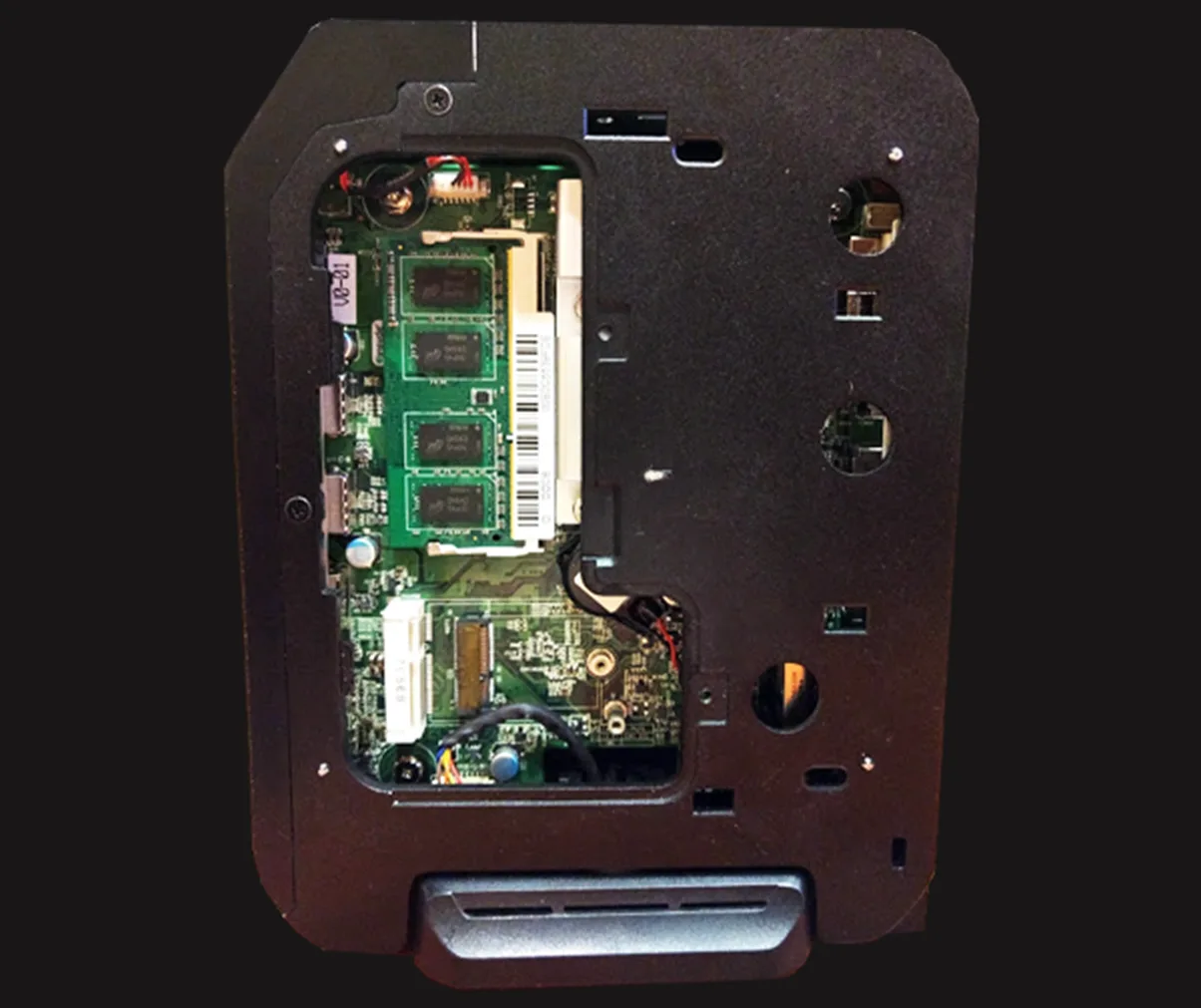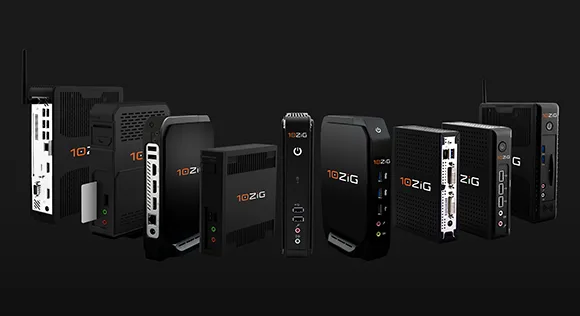Not so long ago, we gave you a quick, high-level definition of what a Thin Client is and got up-close and personal with its anatomy – from the exterior. As promised, here is the same review, only from the internal perspective. So, we’re taking a look at things from the inside out. This will further assist you as ammunition for anyone who is shooting out blank stares if and when you start talking about or get asked “what is Thin Client?” One of the best ways to give a broad-working explanation is to touch base on its internal components and their general purpose.
Thin Client Hardware – An easy-to-understand definition
In keeping with its name, a “Thin” Client endpoint is a lightweight, small form-factor device designed for virtual desktop infrastructure environments – and “Client” is just a fancy term for device. Thin Client hardware is low-cost and highly secure, saves energy and IT resources, and is a fantastic substitute for fat PCs in today’s modern IT world.
As we probably all know, virtualization incorporates the idea that everything is stored on a central server and no longer stored on individual endpoints – not operating systems, programs, or applications. “Endpoint Management Software” is utilized for centralized and easy management, updates, and deployments. This way you, IT professionals, can manage and troubleshoot endpoints located around multiple cities/countries and assist their end users from just one central location.
Thin Client Internal Components – A basic review
What does Thin Client hardware look like? Not so long ago, by way of 10ZiG 5900q Series Thin Client as example – we took a look at a Thin Client device up-close and personal from the exterior. For the internal perspective, we’re going to focus on four major areas inside Thin Client hardware, using the same 5900q Series example – CPU, Memory, Main Board, and DOM. There are no moving parts in a Thin Client. Such as a fan, which is noisy and energy-consuming.

CPU (pictured upper right, peeking out from behind the black panel):
A Central Processing Unit (CPU) for a Thin (or Zero) Client is typically Dual or Quad Core, with GHz ranges and boosts depending on the make and model. This is the brains of a Thin (or Zero) Client, where instructions are processed and calculations are performed.
Memory (upper left removable board):
Computer memory on a Thin (or Zero) Client is an integrated circuit board with Random Access Memory (RAM) chips onboard. Measured in GigaBytes (GB), the capacity of RAM varies per device in coordination with its performance requirements, and make and model.
Main Board (bottom section):
The main board of a Thin (or Zero) Client is where customization can really start to take place. It houses the Disk on Module (DOM) / image, and other options including Wireless, Trusted Platform Module (TPM), and Power over Ethernet (PoE), etc., depending on desired function.
DOM (on main board):
The DOM is the storage area of the Thin (or Zero) Client. It holds a customized firmware image, allowing devices to be made to fit into your environment and not the other way around.
So, there you have it! A little bit of “What is a Thin Client 101.” Comes in handy when first introducing these device endpoints for VDI to your company. For more information on the benefits of these noise-free, lower-cost, highly secure, small form factor devices, click here > Benefits of Thin Clients
Free 10ZiG evaluation devices and management software demos are available here > DEMO
